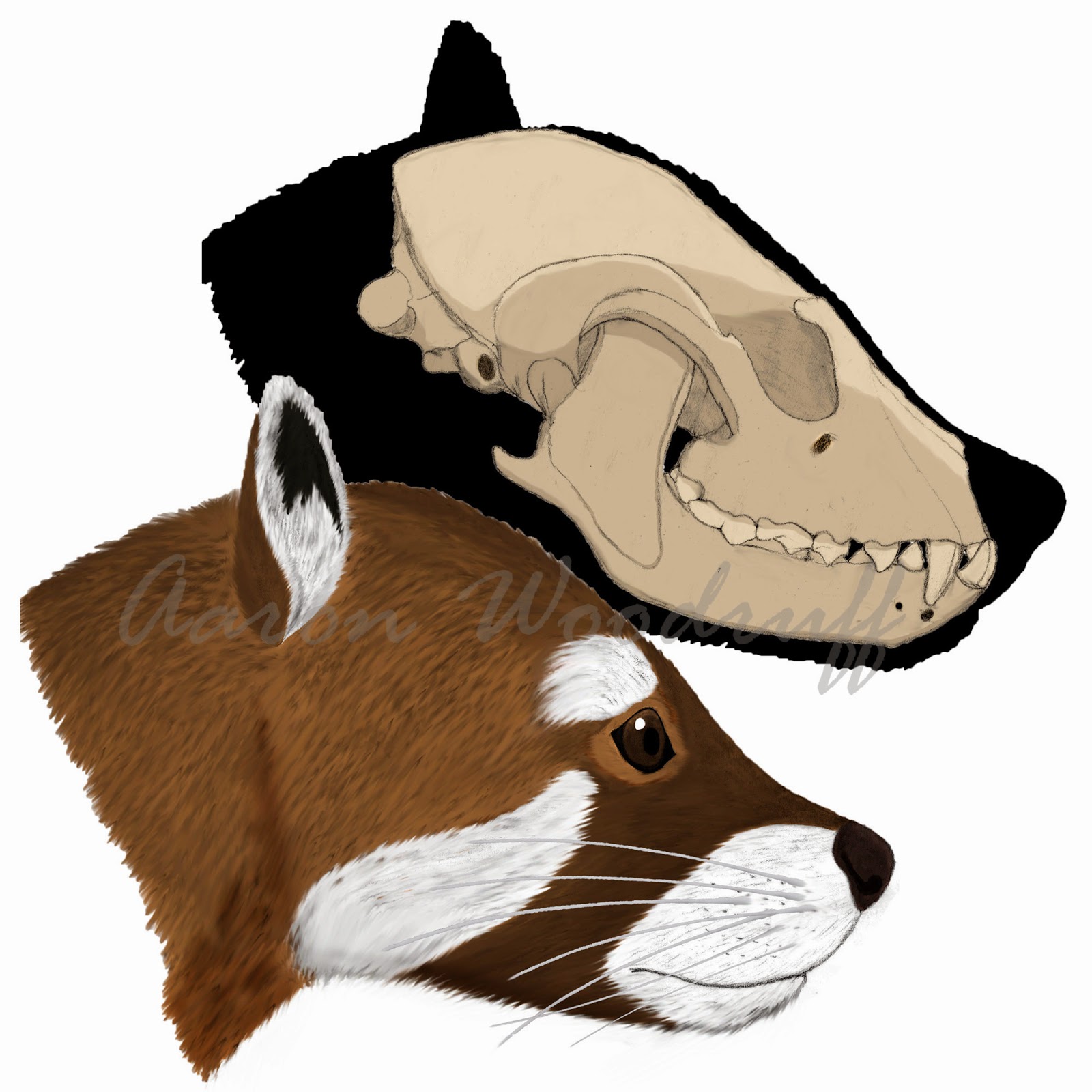 |
| Four of the five living tapir species; Lowland Tapir (top left), Baird's Tapir (top right), Mountain Tapir (bottom left), and Asian Tapir (bottom right). |
Tapirs are by far the most
frequently encountered animal found at the Gray Fossil Site. They account for
over 90% of the larger animal remains found with over 100 individuals of all
ages. Gray is, in fact, the most prolific fossil tapir site in the world. Despite
this claim to fame, a surprising number of those who visit our museum have
never heard of a tapir. This post will therefore serve as an introduction to
these fascinating animals.
The closest modern relatives
to tapirs are horses and rhinos, all of which are part of a group of hoofed mammals
called the odd-toed ungulates. The earliest tapirs are known to have lived
during the early Eocene of North America, about 55 million years ago. These
first tapirs were small animals, some no bigger than house cats. Later
tapirs would grow to be many times larger. The five species alive today all
range in mass from 200 to around 700 pounds (90 to 317kg).
 |
| Tapirs are part of a group of mammals called perissodactyls or odd-toed ungulates. Rhinos and horses also fall within this grouping. |
Apart from size, tapirs have
remained virtually unchanged over their long history. All species, both living
and extinct, have muscular, compact bodies and toes ending in blunt hooves, four
on the front feet and three on the rear feet. Tapirs also possess a short trunk
or proboscis, similar to that of an elephant. This trunk is highly mobile and
serves as a tool to gather and handle food. Tapir calves have a coat of short,
brownish fur patterned with pale stripes and spots that camouflages them
against the forest floor.
 |
| A baby Lowland Tapir. |
Modern tapirs are found only
in the tropical forests of South America and Southeast Asia. As recently as
13,000 years ago, however, these animals could be found all over the world as
far as northern North America and Europe. Four of the five living tapirs prefer
to live in warm, lowland forest environments. The Mountain Tapir is adapted to
live in the cold highlands of the Andes Mountains.
All tapirs demonstrate a fondness
for water and spend large parts of the day swimming or resting in rivers
and lakes. They instinctively retreat into deeper waters when they sense
danger. In their respective habitats, tapirs consume a wide variety of leaves
and fruits. They are also very important for their ecosystems because they help
disperse seeds, and many plants have come to depend on them.
References
& Further Reading
Colbert MW (2005). “The
facial skeleton of the early Oligocene Colodon
(Perissodactyla, Tapiroidea)”. Paleontologica Electronica 8(12A) <Full
Article>
Hulbert RC (2005). “Late
Miocene Tapirus (Mammalia,
Perissodactyla) from Florida, with description of a new species, Tapirus webbi”. Bulletin of the Florida
Museum of Natural History 45: 465-494 <Full Article>
Hulbert RC, Wallace SC,
Klippel WE, Parmalee PW (2009). “Cranial morphology and systematics of an
extraordinary sample of the late Neogene Dwarf Tapir, Tapirus polkensis (Olsen)”. Journal of Paleontology 83(2): 238-262
<Abstract>
Janis C (1984). “Tapirs as
living fossils”. pp 80-86 in N. Eldridge and S. M. Stanly (eds), Living Fossils. Springer Verlag, New
York <Abstract>
Olsen SJ (1960). “Age and
faunal relationships of Tapiravus
remains from Florida”. Journal of Paleontology 34: 164-167 <Full Article>
.jpg)
wmkd.jpg)
wmked.jpg)

